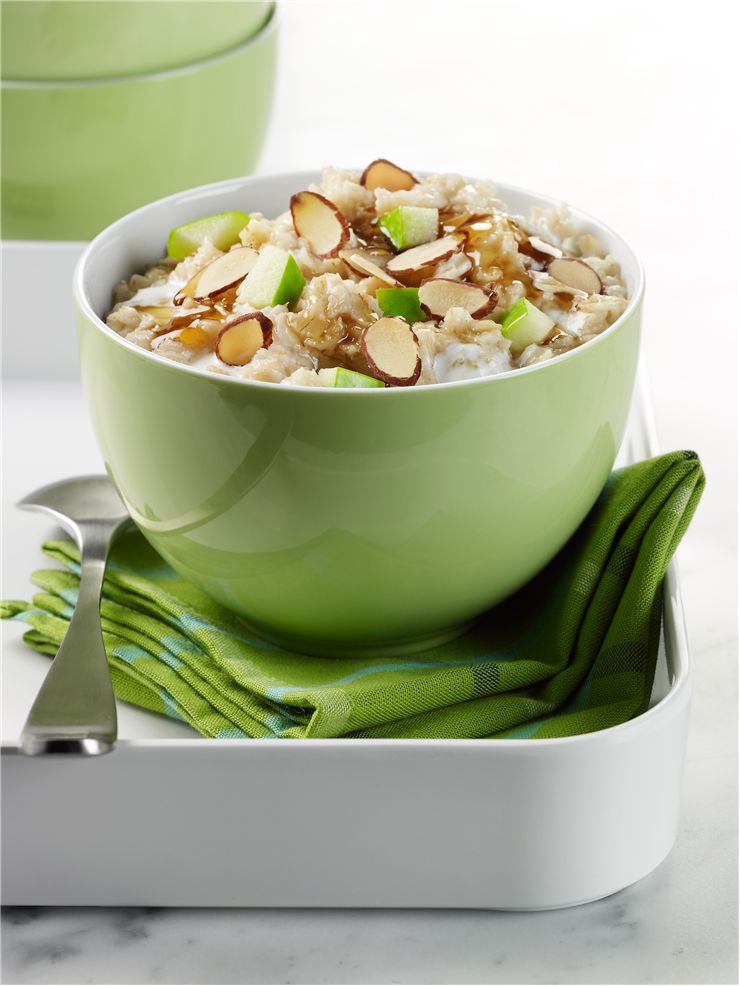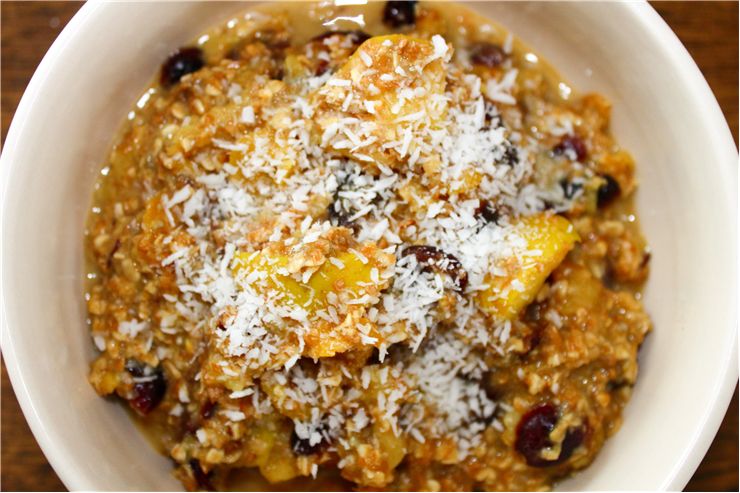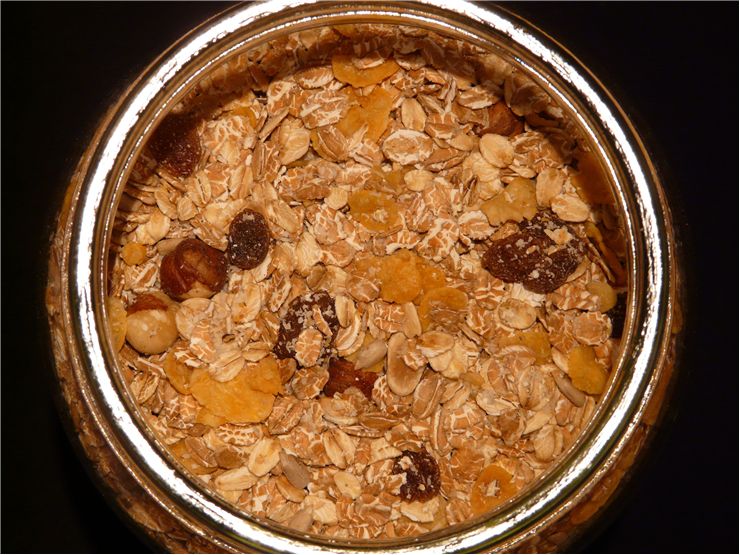History of Oatmeal - Benefits of Oatmeal Consumption
Oatmeal is a porridge made from ground oats, steel-cut oats, crushed oats, or rolled oats. It is a food that is in use for centuries and it is still in use today.
Oldest archeological findings of oat grains date from Ancient Egypt and were found among remains of the 12th Dynasty i.e. they are some 4 millennia old. But these oats were probably weeds and not cultivated plants. Oldest cultivated oats were found in caves in Switzerland and they date from Bronze Age. Oat that are cultivated were also mentioned for the first time in literature in the 1st century AD. We don't know where the plant originated but scientists think that it originated from Asia Minor because there exist many different subspecies of oats so it is the most likely point of origin. They become very popular in Scotland in 15th century. Oats came to North America in early 17th century.
Scotland has short and wet growing season so oats are better suited than wheat to grow there. They prepared oatmeal by soaking oats overnight in salted water and then cooking it on a low heat in the morning. Today there are many different ways an oatmeal can be prepared. It can be made into a traditional porridge; brose (which is made with uncooked oatmeal or dry toasted oatmeal which is mixed with butter or cream); and gruel (a mix of oatmeal with cold water, prepared as food for infants or ill). It can be used as an ingredient for haggis (a type of savory pudding made with sheep's pluck and vegetables); as an ingredient in baking; as a coating for Caboc cheese (a type of cream cheese). The “havregrynsgröt”, “havregrød” or “kaurapuuro” is a Nordic variant of oatmeal often prepared with raisins.
Oatmeal Benefits
Oatmeal has a variety of beneficial health influences on humans. For a start it lowers cholesterol levels. Oatmeal has a specific type of fiber namely – beta-glucan, which lowers total cholesterol levels in the organism. According to some studies oats also oats helps prevent heart disease. Antioxidants that oats have, called avenanthramides, don't let free radicals to damage LDL cholesterol and, with that, reduce the risk of cardiovascular diseases like atherosclerosis. Fibers in oatmeal also make you feel full after the finished meal which prevents you from overeating and can even reduce weight. Your body digests and absorbs oatmeal slowly, which keeps you feeling full and you don't feel the need to eat more. Insolvable fibers help indigestion and prevent constipation. Beta-glucan fiber also enhances the human immune system and its response to bacterial infection. It helps neutrophils (immune cells) find the place of an infection and it even helps them fight it. Fibers also prevent sugar to enter the bloodstream to fast which lowers the risk of Type 2 diabetes and even lowers the level of sugar in blood at those that already have Type 2 diabetes. A study performed in Finland showed that children which were earlier introduced to oatmeal are less likely to develop persistent asthma.


